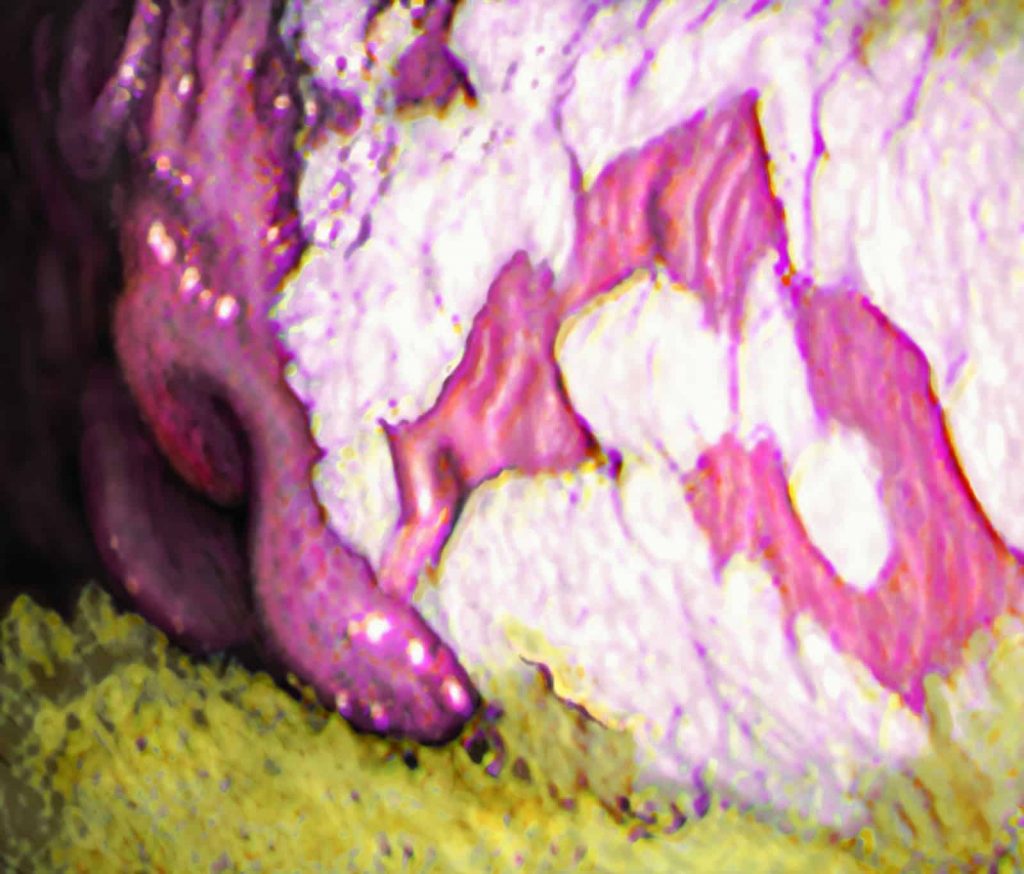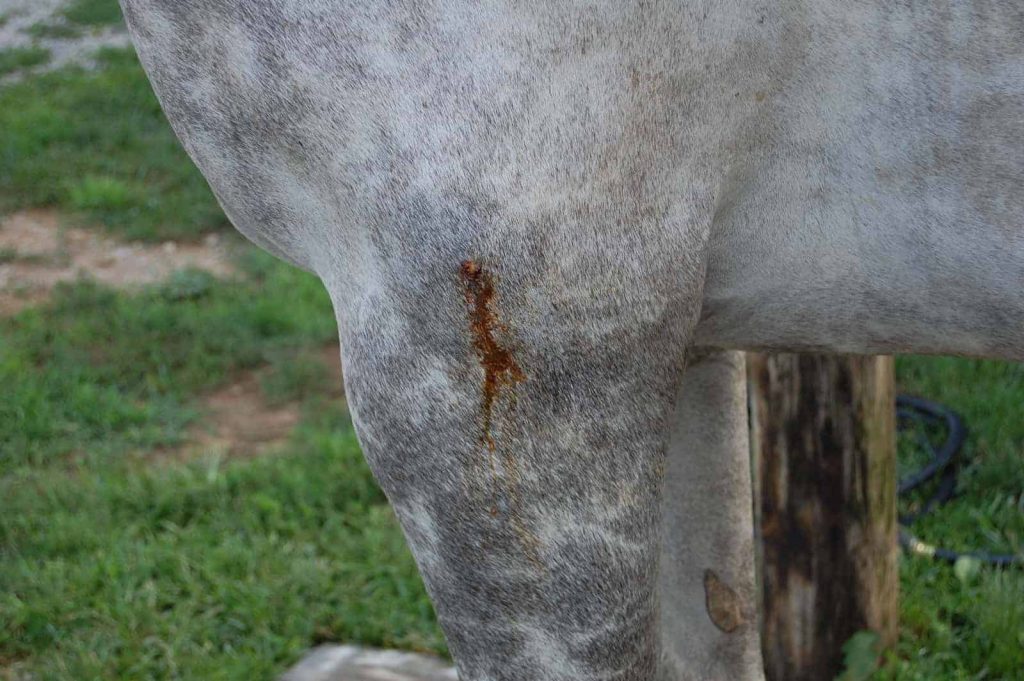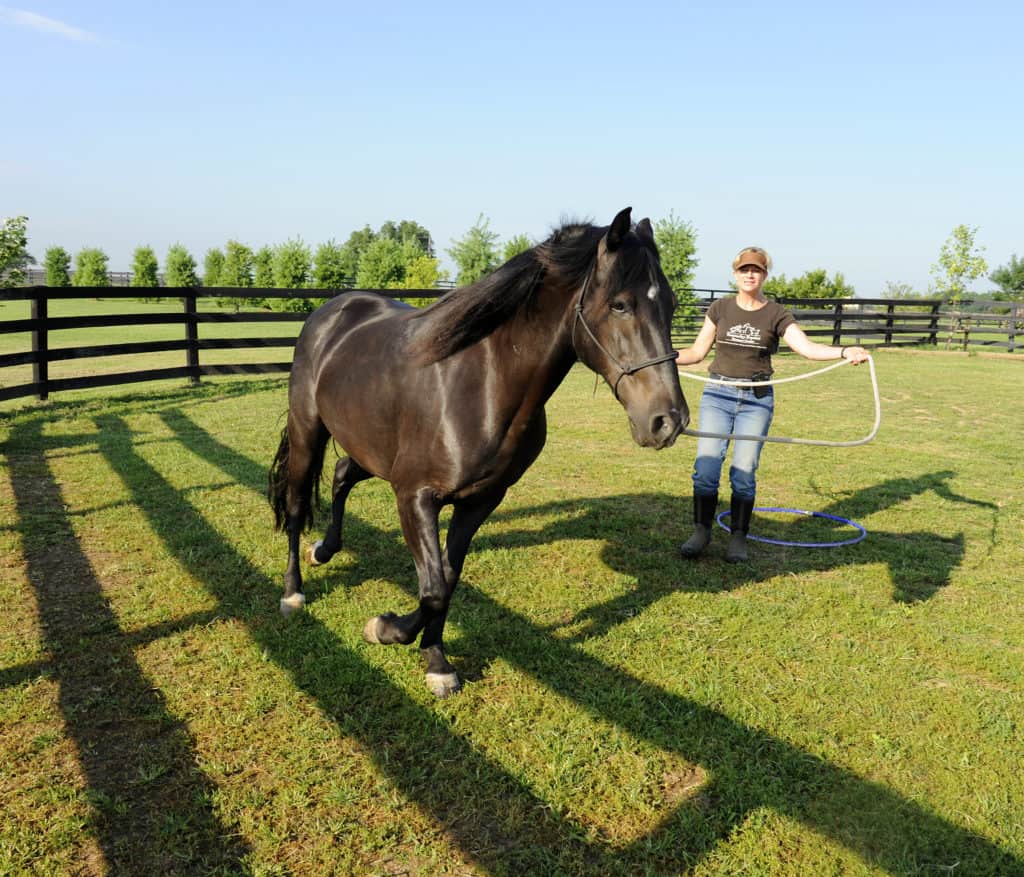
Ice Blanket Keeps Stabled Horses Cool in Hot, Humid Environments
Researchers have determined an ice blanket might be more effective for cooling horses than water or fans.
How to care for the basic health needs of horses

Researchers have determined an ice blanket might be more effective for cooling horses than water or fans.

Neck pain in horses can be difficult to diagnose; clinical signs might not match what’s seen on imaging. Learn how vets interpret findings and develop a treatment plan.

Certain groups of U.S. horses are at risk of acquiring this blood- and tick-borne foreign animal disease.

Gastric ulcers in horses can be challenging to identify and, in many cases, treat, but proper management practices can help reduce their occurrence.

They might appear minor on the surface, but puncture wounds can involve dangerous underlying damage and infection. Here’s what you need to know about these injuries.

Drs. Camie Heleski and Jenny Biehunko explain the differences between a horse trainer, an animal behaviorist, and a veterinary behaviorist.

In this episode learn about treating sweet itch, dealing with hair loss in itchy horses, and managing EMS and allergies, among other topics. Sponsored by KineticVet.

Speeding up wound healing helped reduce the risk of infections and sepsis in rescue horses with skin wounds.

Find out how your horse can hurt his neck, risks for injury and disease, and associated therapies, so you can give your horse the best chance for a strong neck and an athletic future.

Researchers have found that these full-leg garments significantly increase lymphatic flow, which could be useful for recovery in horses.

Learn about the wound healing process and how to prevent and manage proud flesh.

Dr. Martin Nielsen offers solutions for 7 common problems veterinarians and their technicians encounter when performing FECs.

Researchers have learned more about inflammatory biomarkers and their presence in horses with inflammaging, or age-related bodywide inflammation.

Scratches, also known as pastern dermatitis, is a multifactorial infection commonly seen on a horse’s lower legs. Get tips for recognizing and managing this condition in our visual guide.

One nutritionist discusses the unique dietary needs of mules.

When creating a nutrition plan for horses, it is important to understand how much protein they need and which protein sources are most suitable for each individual.
Stay on top of the most recent Horse Health news with
"*" indicates required fields